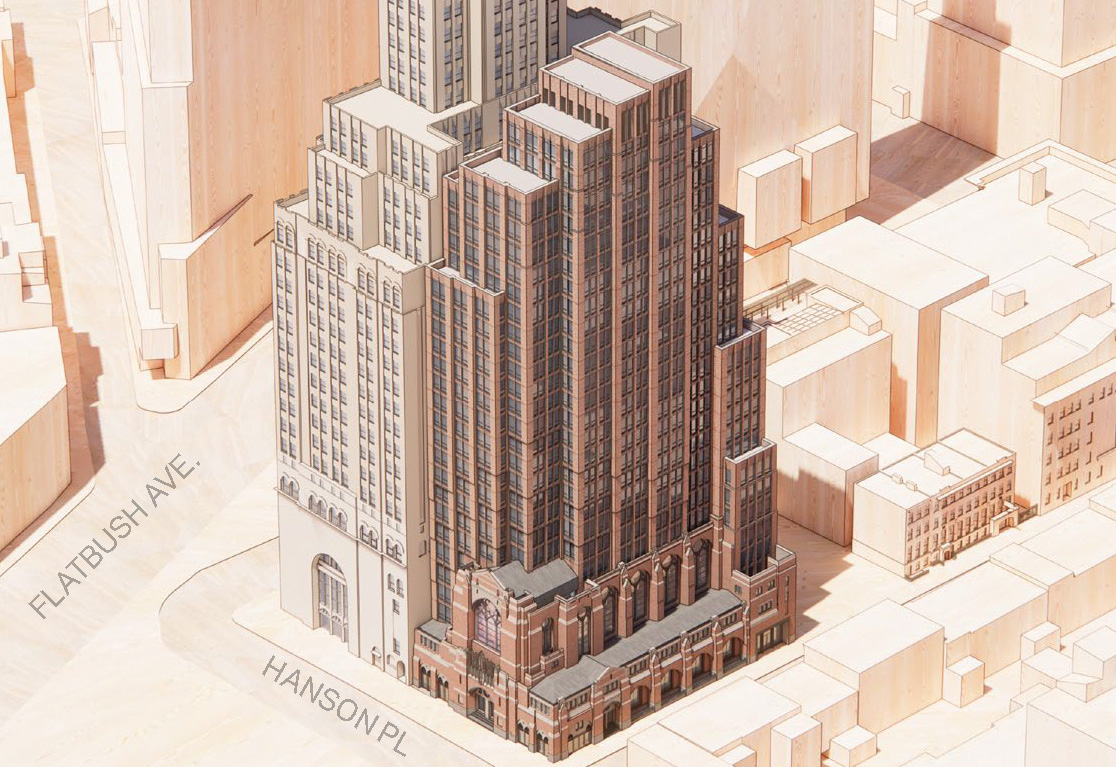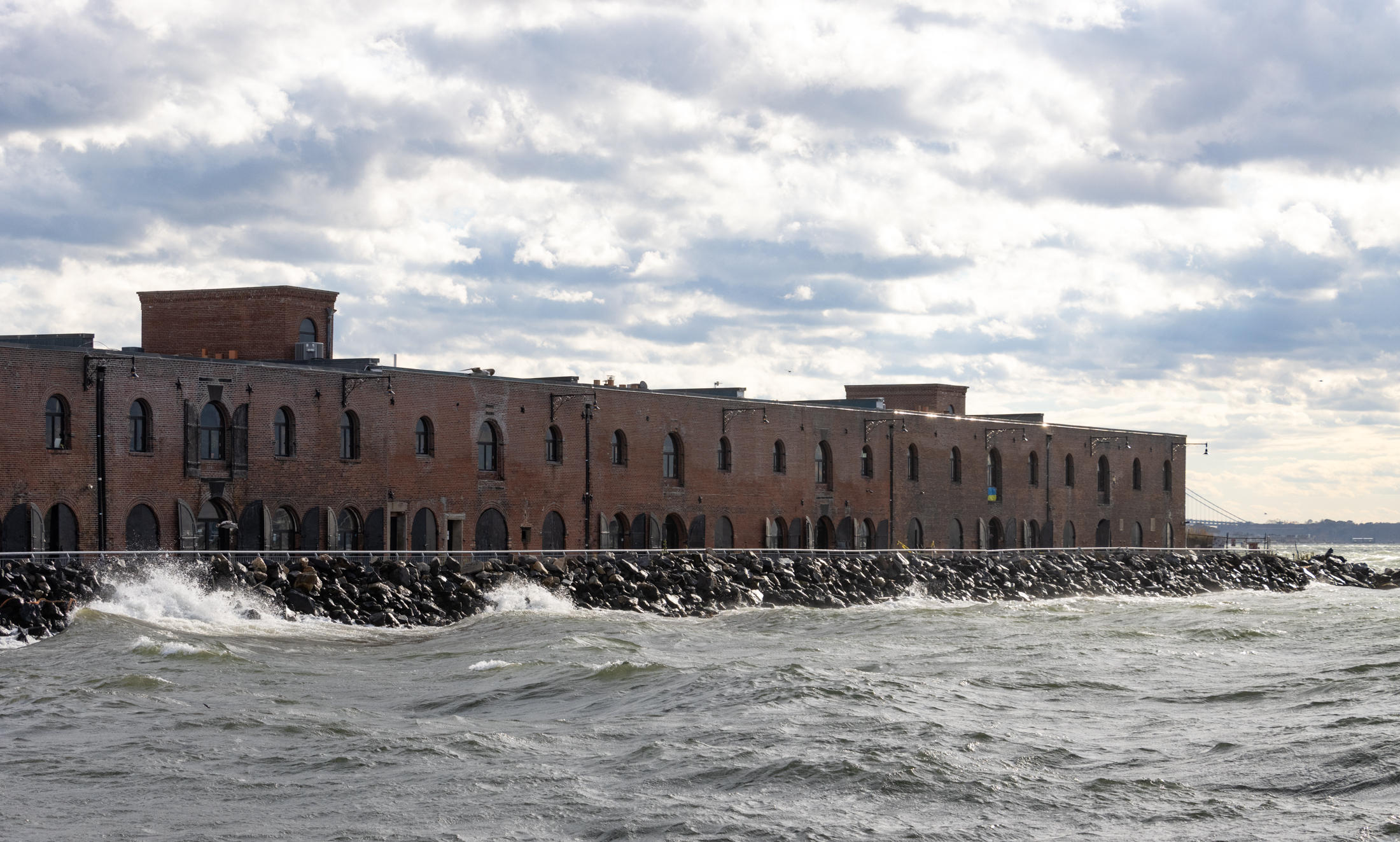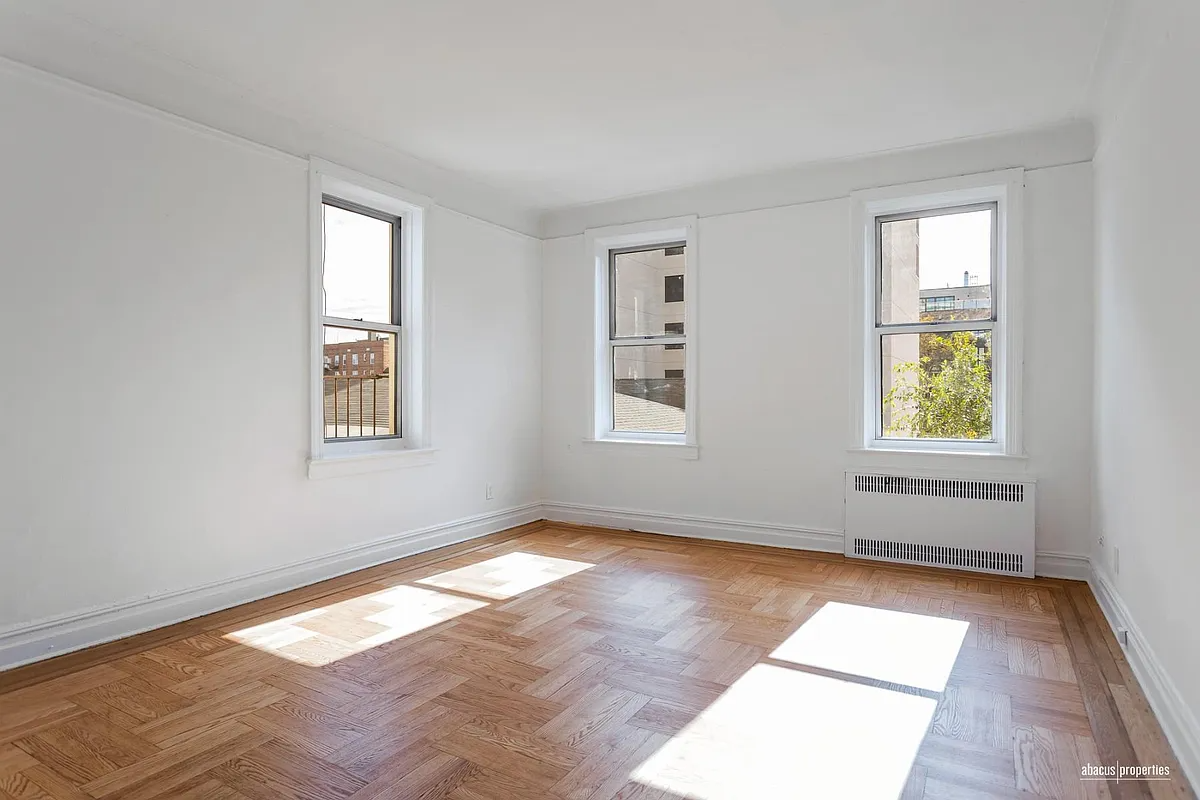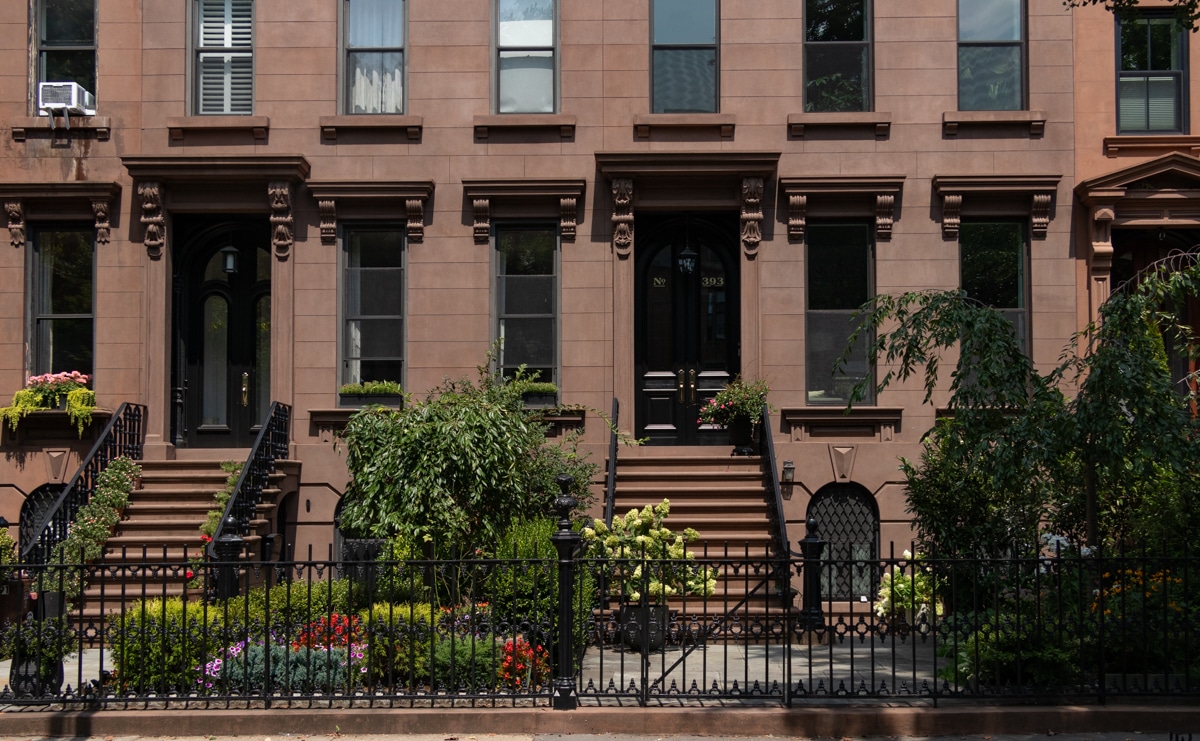Building of the Day: 456 Fulton Street
(Photo: Carl Forster for LPC) Address: 456 Fulton Street, corner of Hoyt St. Name: former A.I. Namm and Son Department Store Neighborhood: Downtown Brooklyn Year Built: 1924, with an addition in 1925 Architectural Style: neo-Classical Architects: Robert Kohn and Charles Butler Landmarked: Yes, Individual landmark, designated in 2005 Why chosen: Downtown Brooklyn is home to…


(Photo: Carl Forster for LPC)
Address: 456 Fulton Street, corner of Hoyt St.
Name: former A.I. Namm and Son Department Store
Neighborhood: Downtown Brooklyn
Year Built: 1924, with an addition in 1925
Architectural Style: neo-Classical
Architects: Robert Kohn and Charles Butler
Landmarked: Yes, Individual landmark, designated in 2005
Why chosen: Downtown Brooklyn is home to some of this borough’s best commercial architecture because, well, it’s Downtown Brooklyn, where government, business, entertainment and commerce came together, well served by major thoroughfares and all forms of public transportation. Adolph Namm moved his business to Brooklyn, from the Ladies Mile in Manhattan in 1885, and sold upholstery fabrics, trims and other dry goods on Fulton Street. After a fire destroyed his business in 1890, he rebuilt on the block between Hoyt and Elm, and soon had a very successful business, spread along the block, one that made him quite rich. His son, Benjamin Harrison Namm, took over in 1910, at which time AI Namm and Son was one of Brooklyn’s most successful department stores, and by 1923 was listed by Manufacturers Trust as the 3rd largest cash department store in the United States. Plans were made to raze their original store building, and built a new addition on Fulton, which at 8 stories, would be the tallest store in Brooklyn. Namm’s hired Robert Kohn and Charles Butler to design the new store. Kohn, a graduate of L’Ecole des Beaux Arts in Paris, was quite adept in a number of architectural styles. He designed the 7th Ave. wing of Macy’s in Manhattan, among many, many other buildings. He partnered with Charles Butler, another Ecole graduate, on a number of projects, including buildings for Mt. Sinai Hospital and Montefiore Hospital in the Bronx, and with other architects, Temple Emanu-El on 5th Ave. The Namm’s extension was completed in 1924, and opened to the public in 1925. The Fulton Street frontage contained a subway entrance and bargain basement; large first- and second-story show windows; six selling floors; and offices on the top floors. In 1928, Namm’s had Kohn and Butler design another annex next door, which rounded the corner of Hoyt St, providing even more retail and office space, and this building was completed in 1929. Architectural historians credit Kohn for the design of the two additions, regarding them as important contributions to a distinctly American style of modern architecture of the 1920’s and 30’s, which emphasized the structural elements and materials in the buildings. Namm’s operated quite successfully until the 1950’s, when they decided to move to the suburbs. They had already merged with Loeser’s, one of the Big Three of Fulton St. The last of the Big 3, Abraham & Straus, bought the entire Namm complex in 1957, with plans to tear down everything except the Kohn/Butler additions, for a parking lot. The stores were then subdivided and leased to smaller businesses, and the buildings were subsequently sold. A trip to Fulton Street today should include a look up on the corner of Hoyt, and along Fulton, where the original signage can still be seen, and the elegant lines of the building, and its patinaed ornament, are still quite visible.

(Photo: Brooklyn Public Library/LPC)

(2004 Photo: Municipal Arts Society)





Yes, let’s have guidelines!
I hate to say “Well, over in the UK…” but I will anyway.
Well, over in the UK, there are pretty strict guidelines for store fronts and signage attached both to individually designated (or “listed”) buildings and to buildings in historic districts. It makes a huge difference.
There are some local examples in Brooklyn: a whole stretch of Atlantic Ave (approx 3rd Ave to Hoyt) where the original store fronts have been either preserved or recreated. As a result the experience of strolling and window shopping is immeasurably improved.
I noticed years ago how beautiful so many buildings in downtown were.If you looked up. Since they are fixing up Fulton, maybe they will set up guidelines.
Great building … one of so many beauties in the area. I hope they can sort out some good signage guidelines for Fulton Mall that don’t detract so much from the good architecture there.
Minard – I agree about the signage, that was my first thought when I say the picture. Luckly, I am a looker-upper. If you don’t look up you miss so many beautiful buildings.
Do you think the ground floor signage is a little distracting?
Upper floors = Paris
Ground floor = Dogpatch